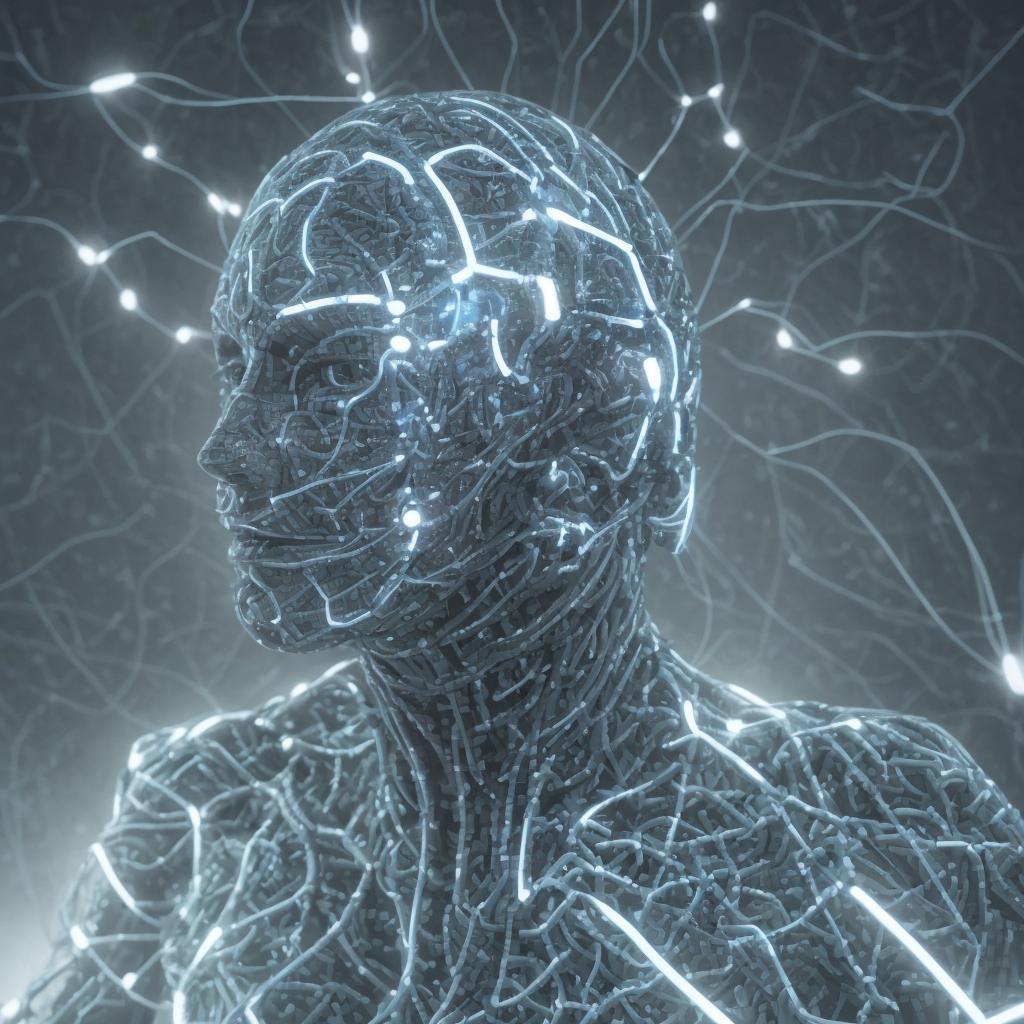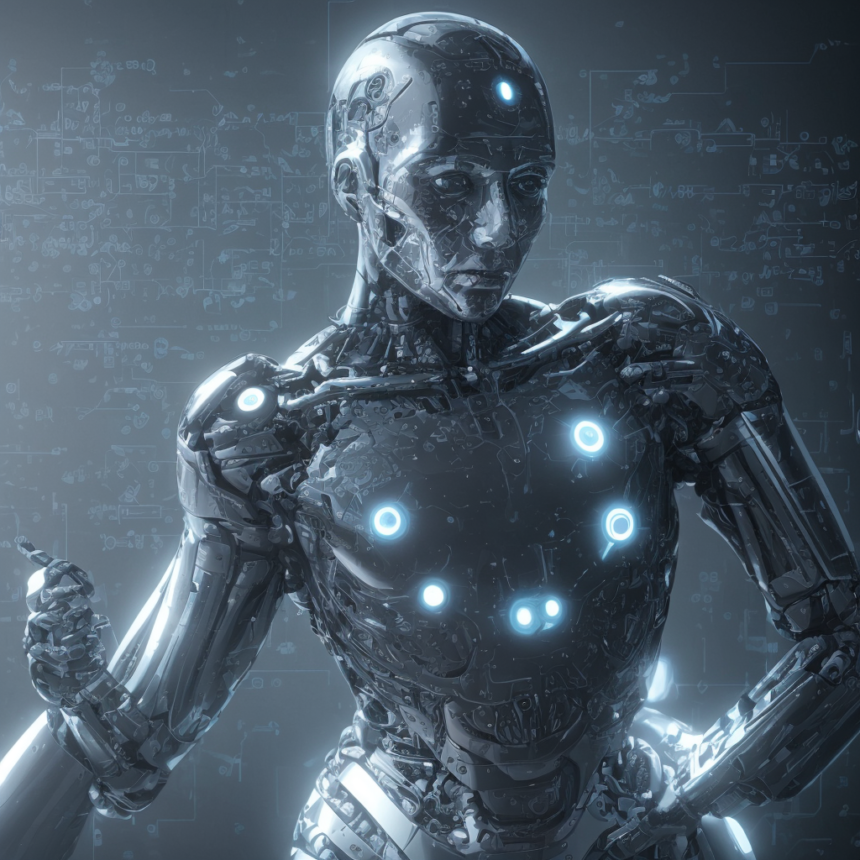Artificial intelligence and machine learning have come a long way in recent years. Powerful algorithms are now mastering complex games like Go, automating mundane tasks, and powering personal assistants. However, one technique has emerged as perhaps the most impactful – neural networks. In this article, I explore the remarkable capabilities of neural networks and discuss whether they could ultimately revolutionize many industries and aspects of our lives. Buckle up, because neural networks are taking AI to the next level.
What Are Neural Networks?
At their core, neural networks attempt to mimic the human brain. Like our own neural architecture, they are composed of interconnected “nodes” that can strengthen connections between each other based on patterns in data. Neural networks learn from massive datasets in a way inspired by biology. Each connection is assigned a “weight” that gets adjusted as the network is exposed to more examples. Over time, it figures out which patterns are most important through a process of trial and error.
This ability to learn from examples without being explicitly programmed sets neural networks apart from other machine learning techniques. They don’t require engineers to hand-craft specific rules; they forge their own rules by analyzing reams of real-world examples. The result is algorithms that can recognize speech, interpret images, and make incredibly human-like decisions.

Mastering Complex Problems Through Deep Learning
In recent years, neural networks have become vastly more powerful thanks to “deep learning” techniques. Deep neural networks contain many more layers that allow them to learn increasingly complex patterns from data. With their multi-layered architecture and hunger for massive datasets, these “deep learning” models have achieved superhuman abilities in domains that were long thought to require human-level intelligence.
For example, in 2016 Google’s AlphaGo defeated the world’s top Go player using a deep neural network trained on thousands of games. Go is far more complex than chess, with an almost infinitely higher number of possible board configurations. Previously, it was believed that sophisticated human strategic thinking and intuition would be required to master this ancient game. AlphaGo demonstrated that a neural network could exceed human level performance through extreme parallel pattern recognition abilities.
In medical imaging, deep learning has reached impressive accuracy levels for detecting diseases. Neural networks trained on hundreds of thousands of retinal scan images can now diagnose rare eye diseases just as well as, or even better than experienced physicians. This has profound implications for increasing access to healthcare worldwide. Automated skin cancer detection using neural networks has also far surpassed average dermatologist accuracy. Who would have thought non-biological systems could equal or exceed specialized human expertise?
Applications Across Every Industry
It’s clear neural networks have transformed certain fields like computer vision, speech recognition, and games – but their potential is much broader. With their pattern recognition superpowers, deep learning models could revolutionize most industries in the coming decades. Here are just a few potential applications:
Marketing and Customer Experience
- Personalized product recommendations based on online behavior and purchase history
- Targeted digital ads that intuitively understand individual interests
- Chatbots and virtual assistants that can hold natural conversations
Manufacturing and Logistics
- Quality control inspection using computer vision to detect defects
- Predictive maintenance of industrial equipment based on sensor data patterns
- Optimized logistics and routing to reduce costs and increase efficiency
Finance and Insurance
- Predicting risk of loan defaults or insurance claims from application details
- Automated trading systems that outperform human investment strategies
- Fraud detection algorithms that spot irregular transactions
Healthcare
- Diagnosing diseases from medical images, scans, and genetic data
- Drug discovery by analyzing molecular structures for potential new therapies
- Personalized health recommendations and chronic disease management
Education
- Adaptive learning platforms that customize lessons for each student
- Automatic essay scoring and feedback systems
- Virtual tutors that provide one-on-one assistance anytime
The possibilities seem endless. While much work remains, neural networks have the potential to revolutionize nearly every industry and automate tasks across various sectors of the economy. Their pattern recognition skills could make many roles obsolete, but also help solve pressing problems facing humanity.
Major Challenges on the Horizon
Of course, major challenges also lie ahead for neural networks and artificial intelligence as a whole. For one, deep learning algorithms require vast amounts of computational power and data to achieve narrow successes. Generalizing their abilities to new contexts remains difficult. Relying too heavily on patterns observed in limited datasets also introduces potential for unfair or erroneous outcomes regarding marginalized groups.
Additionally, today’s neural networks are opaque – we cannot easily explain their internal thought processes. This lack of interpretability causes issues for high-risk applications like medical diagnosis or self-driving cars. Regulations may demand more transparency into automated decision making to ensure fairness and accountability.
Finally, as with any rapidly advancing technology, control and appropriate usage will be crucial topics. Neural networks could amplify human biases or be misused for cybercrime or mass surveillance if left unchecked. International cooperation will be needed to develop governance frameworks that maximize benefits while mitigating risks.
Overall, while neural networks have already achieved superhuman tasks, turning them into truly intelligent systems with common sense remains the grand challenge. How closely they can approximate flexible human-level reasoning is still an open question. By addressing interpretability, control, and other societal issues proactively, researchers hope neural networks can ultimately become a force for good that enhances all our lives. But the journey is just beginning.
In Summary
In this article, I have provided an overview of neural networks and discussed their remarkable abilities and wide-ranging potential applications. By mimicking the human brain through multilayer architectures and vast datasets, neural networks have begun to surpass humans in narrow domains like games, medical diagnosis, and more. Many foresee their pattern recognition skills automating roles across industries and revolutionizing sectors like marketing, manufacturing, finance, healthcare and beyond.
While major accomplishments have been made, truly intelligent systems replicating general human thinking remains elusive. Significant challenges around data and compute needs, a lack of interpretability, ensuring fairness and proper governance must also be addressed. Overall, neural networks signify both promise and uncertainty regarding AI’s impact. Their development will undoubtedly shape our future in profound ways. Only time will tell if they fulfill their potential to achieve human-level cognition or remain narrowly focused tools. But one thing is clear – neural networks are pushing the boundaries of what was once thought impossible for machines. The rise of artificial intelligence is well and truly underway.


